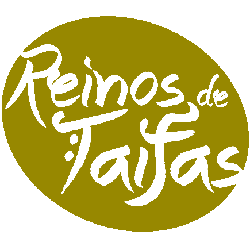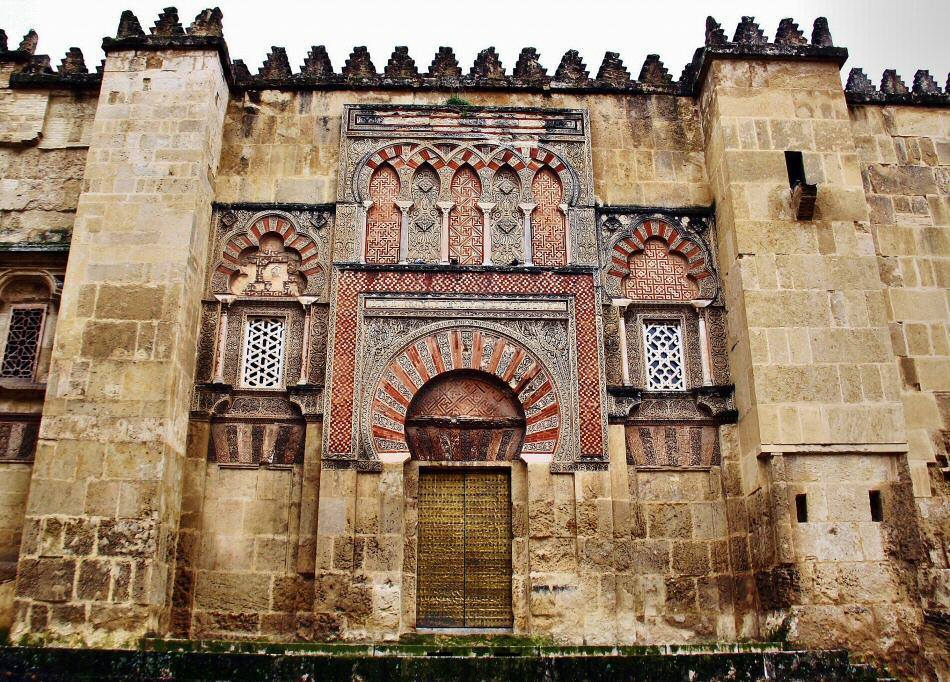History of the Reinos de Taifas
The abolition Umayyad Caliphate of Córdoba was in the year 1031. It caused a division of the territory into small kingdoms called “Taifas”. Taifa translates from Arabic as “camp” or “faction”.
The sovereigns of these kingdoms were searching for power and prestige competing with one another militarily and by promoting their local products, culture and art. This period was one of the most splendid and fruitful in the history of the Iberian Peninsula regarding culture, literature and art.



